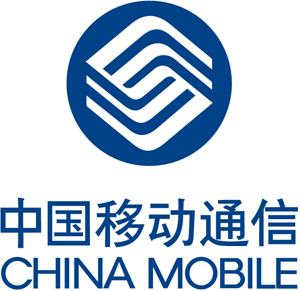As of March 2011, the penetration rate in New Zealand was estimated at 124.326% over a population estimate of around 4.3 million. Vodafone and NZ incumbent, Telecom, have announced recently announced their mid-year subscriber figures and industry researcher IDC estimates that the country has now officially passed the 100% penetration mark to reach 101%, or 4.25 million mobile subscribers. This means that growth for the country's only two mobile phone carriers is reduced to stealing customers from each other - or as has happened in the past year - convince people they need a phone on both networks.
"The New Zealand mobile market is reasonably unique with a high level of maturity and above 100% penetration, yet only two operators present. Interestingly, we've hit 100% mobile penetration before Australia has. Last year, New Zealand saw an upheaval in the Internet sector, with the mobile space looking set to be next," said IDC telecommunications analyst, Darian Bird.
Let's not forget 2degrees. New Zealand's third mobile carrier possibly already has more customers than Telecom NZ. It is currently positioned as the low-cost alternative. If 2degrees does nothing else, it puts price pressure on Vodafone and Telecom NZ.
But it does do something else. Something important. While 2degrees is playing catch-up in areas like 4G, it has been innovative in finding new ways to sell wireless services. The company's carryover plans and ability to share data between accounts have helped reshape the market.
So why is the mobile market flowering now? The arrival of a third carrier in the shape of 2degrees made much of the difference. Once it reached critical mass, Vodafone and Telecom NZ had to lift their games. All New Zealand mobile customers owe 2degrees founder Tex Edwards a debt for making that possible.
Telecom Corp., New Zealand's second-biggest mobile phone operator, has been cleared to buy the final lot of 700 megahertz radio spectrum, flagged for fourth-generation mobile use, after proposed government allocations made it unlikely Two Degrees Mobile would gain any benefit if it managed to acquire the spectrum.
Telecom chief executive Simon Moutter said the clearance means the country's biggest telecommunications company will benefit its customers with faster speeds and more capacity on its 4G network.
"This fourth lot puts Telecom in the best position in the market to deliver a very high-performance 4G mobile network for New Zealand, including in less densely populated areas," Moutter said in a statement.
Telecom bought the fourth 2x5 MHz for $83 million in the second round of a government auction, having secured three lots of 2x15 MHz spectrum for $66 million in the first round. Vodafone missed out on the fourth lot, having bought three 2x15 MHz lots for $66 million in the first round, while 2degrees bought two lots of 2x10 MHz spectrum for $44 million.
While some 4G capability is already available on higher MHz spectrum, the 700MHz range is especially well-suited to pushing fast mobile broadband into rural areas because it requires fewer repeater stations to achieve coverage and into densely populated urban settings, such as commercial buildings.
As part of the auction’s conditions, the mobile phone operators will have to upgrade existing rural cell sites to 4G capability within five years and continue to expand their coverage. That’s to ensure at least 90 percent of the country has access to a 4G network within five years.
Source.
Black+White launched with much fanfare but has almost vanished since then. CallPlus and Orcon –both big-name brands in the ISP space – have mobile offerings but you’d be hard pressed to find anyone using them. The plans seem uninspired somehow and certainly can’t compete with the big names, Vodafone and Telecom, despite using their networks. In Australia MVNOs account for 13% of the market, yet in New Zealand the total for all MVNO offerings is probably in single figures.
I think I can see why – MVNOs in New Zealand are on account only, and New Zealand is predominantly a prepay market. Immediately, most of New Zealand’s customers are unable to consider switching to an MVNO provider because there is no prepay option.















